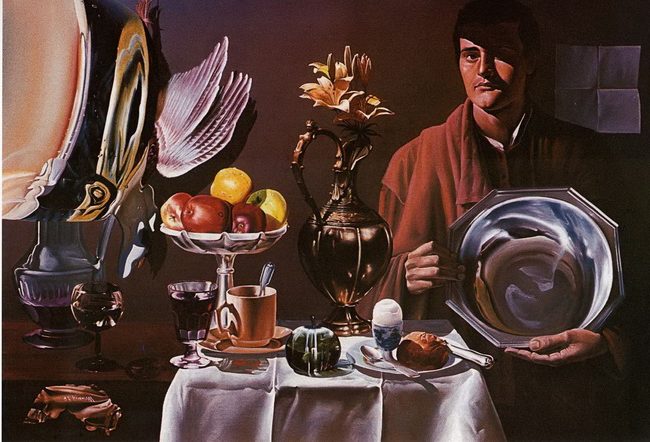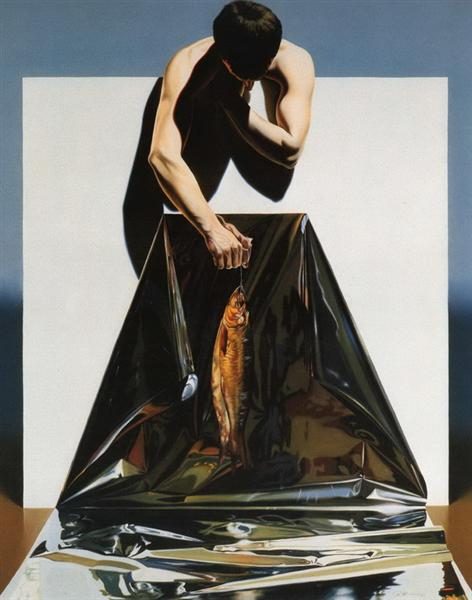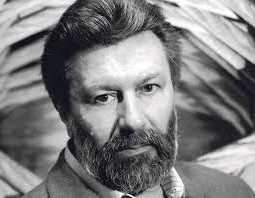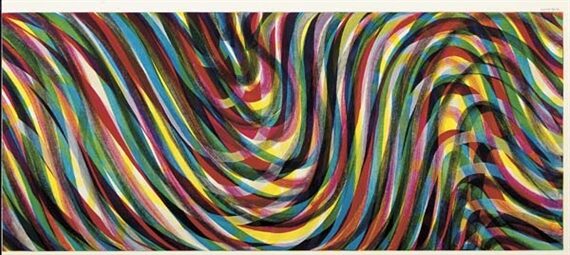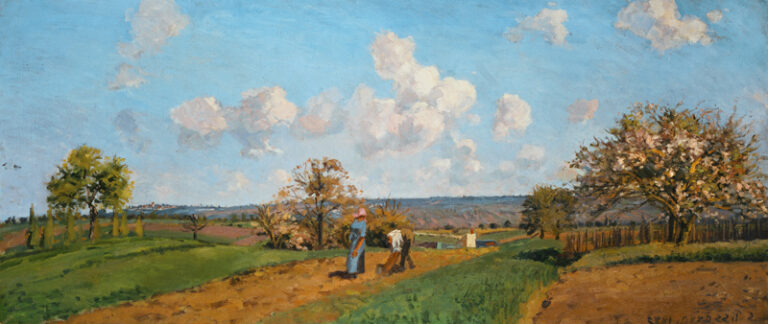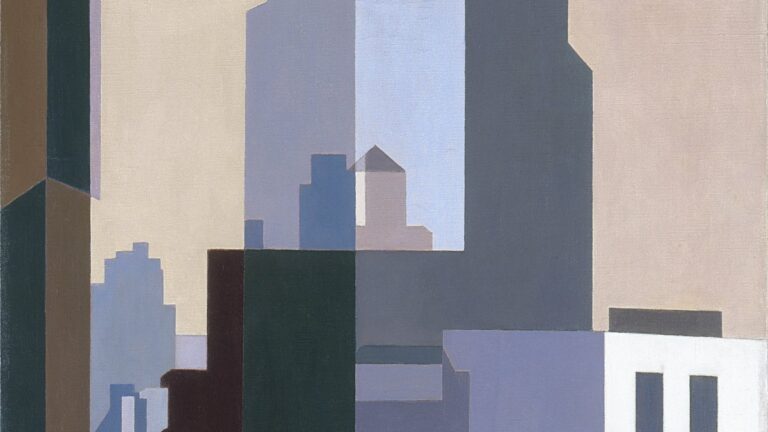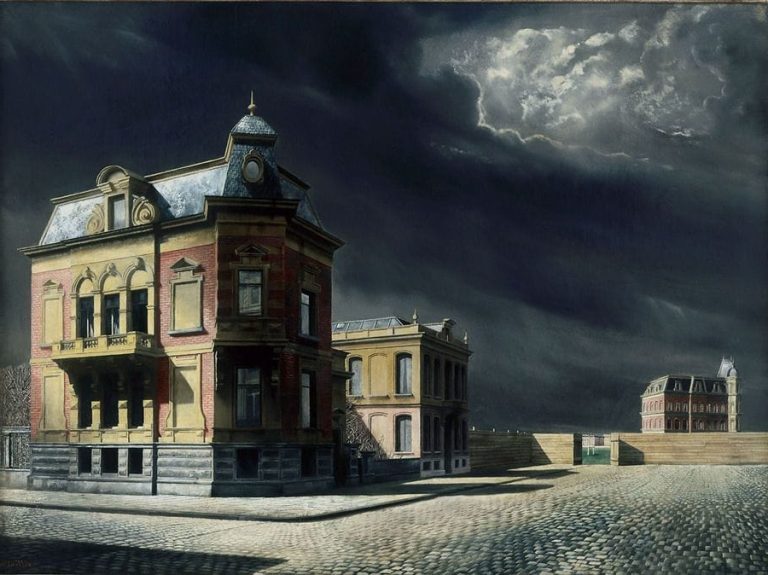Nicolae Maniu Painter: Iconic Romanian Expressionist of the 20th Century
Born: April 11, 1944, Turda , Cluj , Romania
Art Movement: Renaissance Art
Nationality: Romanian
Influenced by: Georges de la Tour & Caravaggio
Institution: Fine Arts School, Cluj-Napoca & Ion Andreescu Art Institute, Cluj-Napoca
Nicolae Maniu Painter: Iconic Romanian Expressionist of the 20th Century
Early Life and Education
Nicolae Maniu was born on April 11, 1944 in Turda, a city in Cluj County, Romania. He grew up in a time of significant change in his home country.
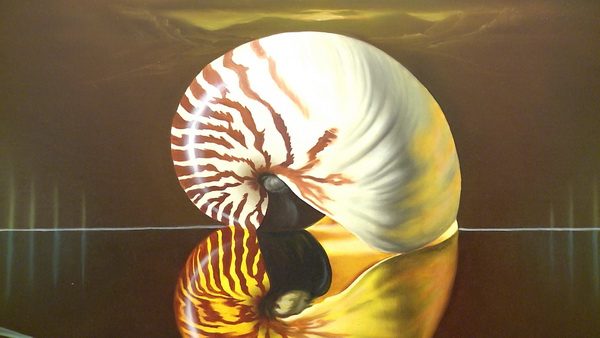
Memory of the Snail by Nicolae Maniu
As a young man, Maniu showed a strong interest in the arts. He began his formal art education at the Fine Arts School in Cluj-Napoca, graduating in 1963.
Maniu then continued his studies at the Ion Andreescu Art Institute in Cluj-Napoca. He focused on sculpture, enrolling in the Sculpture Department.
In 1969, Maniu completed his education at the Ion Andreescu Art Institute. This training gave him a solid foundation in both traditional and modern artistic techniques.
Though trained as a sculptor, Maniu later found his true passion in painting. His early education in sculpture would influence his unique approach to the canvas.
Artistic Career
Nicolae Maniu’s artistic career spans decades and continents. His unique style and talent have earned him international acclaim and representation in prestigious galleries worldwide.
Development and Style
Maniu’s art blends magic realism with elements of pittura colta. He began his career after graduating from the Ion Andreescu Institute of Art in Cluj-Napoca, Romania in 1969. His early works focused on sculpture, but he later shifted to painting.
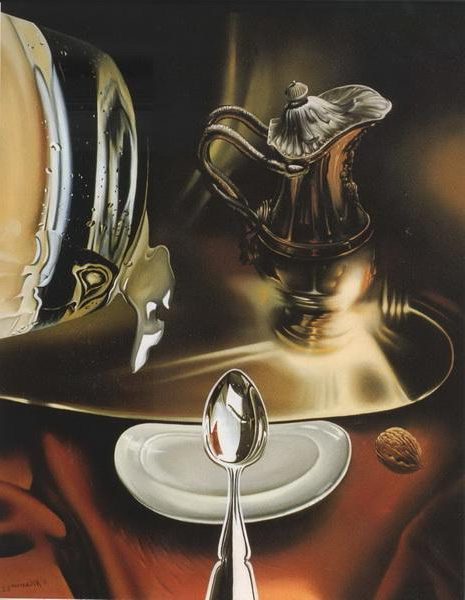
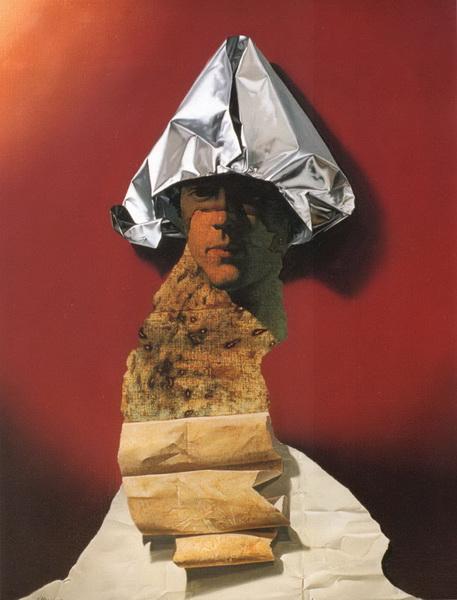
Maniu’s paintings often feature surreal scenes with symbolic objects and figures. He uses vivid colors and precise details to create dreamlike imagery. His style evolved over time, incorporating more complex compositions and layered meanings.
Notable Exhibitions and Galleries
Maniu’s work has been shown in major cities around the world. His art has appeared in exhibitions in Paris, New York, Miami, and Barcelona. The Opera Gallery has displayed his paintings since 1996 in locations like London, Geneva, and Singapore.
He has participated in International Art Fairs in Basel, Rome, and Brussels. His pieces have been featured at the International Art Museum and National Art Museum. Maniu’s art can be found in private collections across Europe and North America.
Awards and Recognition
Maniu has received several awards for his contributions to art. The Romanian Ministry of Culture has honored him for his work. He was named an Honorary Ambassador of Romanian Culture, helping to promote his country’s artistic heritage abroad.
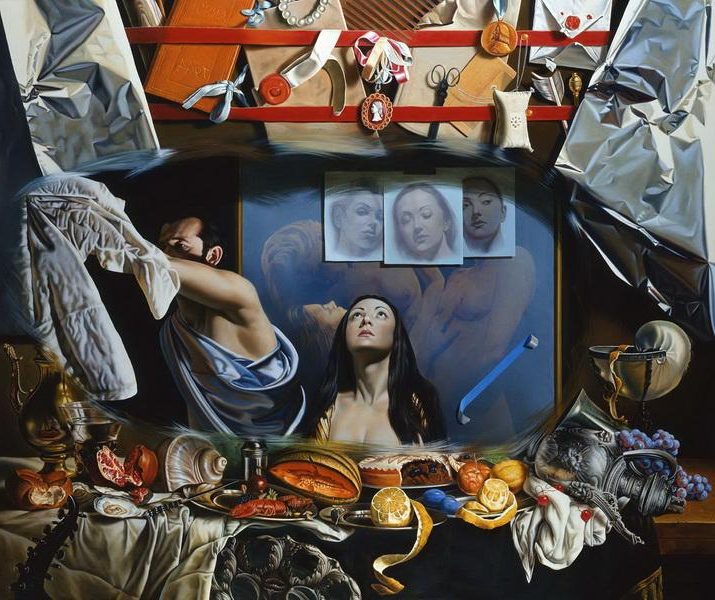
L’Interstice de la Vie (2003) by Nicolae Maniu
The National Federation of French Culture recognized Maniu’s talents. He won the Medalia de Aur (Gold Medal) for his artistic achievements. Maniu’s unique vision and technical skill have earned him respect from art critics and collectors alike.
Legacy and Influence
Nicolae Maniu’s artistic impact extends beyond his paintings to private collections, institutions, and teaching. His work blends Romanian traditions with modern European styles.
Inclusion in Private Art Collections and Institutions
Maniu’s art is featured in many private collections across Europe. The Banca Transilvania owns several of his pieces. In Germany, the Manheimer Insurance Company displays his work in their offices. The Volkswagen headquarters in Wolfsburg has a Maniu painting in its lobby.
His art has also reached institutions in Switzerland and Austria. The Missoni Society in Zurich holds three of his sculptures. The Frank Müller Society in Vienna showcases a series of his early paintings.
Contribution to Sculpture and Teaching
Maniu’s influence goes beyond painting. He taught sculpture at the Art Institute in Cluj for five years. Many of his students went on to have successful careers in art.

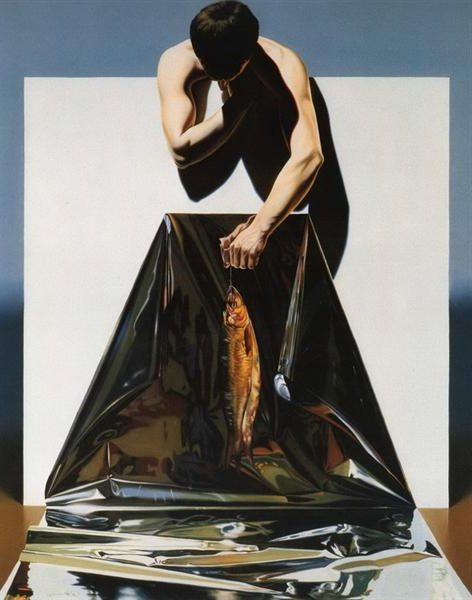
His sculptures can be found in public spaces in Romania and Germany. A large bronze piece stands in a park in Cologne. In Alabama, a university art museum has one of his marble works on display.
Maniu’s teaching methods stressed the link between painting and sculpture. He encouraged students to explore both forms. This approach shaped a new generation of Romanian artists.
Frequently Asked Questions
Nicolae Maniu is a Romanian painter known for his unique style and international exhibitions. His work spans decades and has made an impact on modern European art.
What are the notable works of Nicolae Maniu?
Maniu’s paintings have been shown in many museums and galleries. His art has been featured in the Grand Palais in Paris and the National Museum of Contemporary Art in Cluj. Maniu’s pieces often combine skilled draftsmanship with vibrant colors.
In which art movements is Nicolae Maniu associated?
Maniu’s art shows influences from Renaissance techniques. He uses trompe-l’œil effects in his work. His style blends traditional methods with more modern approaches to color and form.
What is the historical significance of Nicolae Maniu in the art world?
Maniu began his career in Romania during the 1960s. He later moved to Germany and France. His journey reflects the changing art scene in Eastern Europe after the Cold War. Maniu’s work bridges different artistic traditions.
How has Nicolae Maniu contributed to modern European painting?
Maniu brings a unique perspective to European art. He combines his Romanian background with Western influences. His paintings show strong technical skills and a bold use of color. This mix has added new ideas to modern painting.
What distinguishes Nicolae Maniu’s style from other contemporary artists?
Maniu is known for his excellent drawing skills. He uses techniques from old masters to create depth and volume. His art stands out for its clear, bright colors. Maniu’s work often has a mix of realism and more abstract elements.
What is the critical reception of Nicolae Maniu’s artwork?
Art critics praise Maniu’s technical abilities. His work has been shown in many countries. Some call him one of the best-selling Romanian painters. Many value Maniu’s art for its skill and visual appeal.

